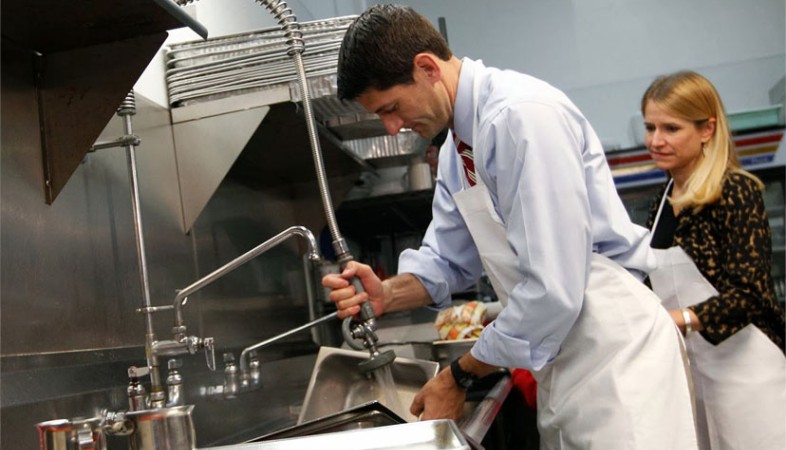Ergonomic Design in Kitchen Stewarding: Creating Comfortable Workspaces to Prevent Injuries and Improve Workflow
Ergonomic design plays a critical role in kitchen stewarding, providing the foundation for safe, efficient, and comfortable workspaces.

In the bustling environment of a commercial kitchen, where
efficiency and productivity are paramount, the importance of ergonomic design
cannot be overstated. For kitchen stewards, who are responsible for maintaining
cleanliness and orderliness in the kitchen, having a well-designed workspace is
essential not only for preventing injuries but also for optimizing workflow and
enhancing overall job satisfaction. In this article, we'll explore the
significance of ergonomic design in kitchen stewarding and discuss strategies
for creating comfortable workspaces that promote safety, efficiency, and
well-being.
1. Understanding Ergonomics: Designing for Human Comfort and Efficiency
Ergonomics is the science of designing work environments and tools to fit the capabilities and limitations of human users. In the context of kitchen stewarding, ergonomic design focuses on creating workspaces that minimize physical strain, reduce the risk of musculoskeletal injuries, and support efficient task performance. By understanding the principles of ergonomics, kitchen managers can identify areas for improvement and implement design changes that enhance the comfort and well-being of their stewards.
2. Workstation Layout and Organization: Optimizing Spatial Arrangements
One of the key aspects of ergonomic design in kitchen stewarding is the layout and organization of workstations. Workstations should be arranged in a logical and efficient manner, with easy access to essential tools, equipment, and supplies. Additionally, work surfaces should be at a comfortable height to prevent stooping or reaching, and storage areas should be designed to minimize bending and lifting. By optimizing spatial arrangements, kitchen managers can streamline workflow and reduce the risk of injuries caused by awkward postures or repetitive movements.
3. Choosing Ergonomic Tools and Equipment: Prioritizing Comfort and Safety
Another critical element of ergonomic design is the selection of tools and equipment that prioritize comfort and safety. Kitchen stewards often perform repetitive tasks such as washing dishes, scrubbing surfaces, and lifting heavy objects, which can lead to fatigue and injury if proper ergonomic considerations are not taken into account. Ergonomically designed tools, such as adjustable-height sinks, lightweight cleaning equipment, and non-slip flooring, can help reduce physical strain and minimize the risk of accidents or injuries.
4. Proper Training and Education: Empowering Stewards with Knowledge
In addition to physical design considerations, proper training and education are essential components of promoting ergonomics in kitchen stewarding. Stewards should receive comprehensive training on proper lifting techniques, safe handling of equipment, and ergonomic principles for minimizing strain and fatigue. By empowering stewards with the knowledge and skills to work safely and efficiently, kitchen managers can create a culture of safety and well-being in the workplace.
5. Regular Maintenance and Upkeep: Ensuring Long-Term Sustainability
Finally, maintaining ergonomic workspaces requires ongoing attention and diligence. Regular maintenance and upkeep of equipment, facilities, and ergonomic features are essential for ensuring long-term sustainability and effectiveness. Kitchen managers should regularly inspect workstations for signs of wear and tear, make necessary repairs or adjustments, and solicit feedback from stewards on areas for improvement. By prioritizing regular maintenance and upkeep, kitchen managers can uphold ergonomic standards and continue to promote a safe and comfortable working environment for their stewards.
Ergonomic design plays a critical role in kitchen stewarding, providing the foundation for safe, efficient, and comfortable workspaces. By understanding the principles of ergonomics, optimizing workstation layout and organization, choosing ergonomic tools and equipment, providing proper training and education, and prioritizing regular maintenance and upkeep, kitchen managers can create environments that support the well-being and productivity of their stewards.
.png)




























